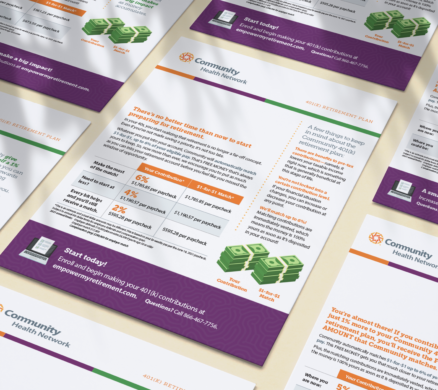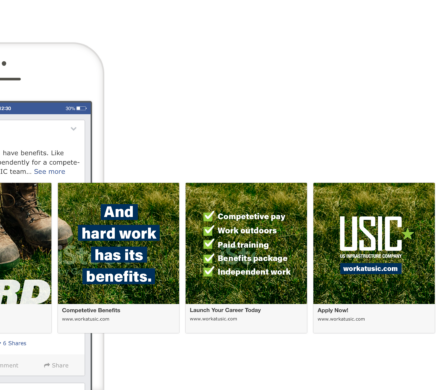
Are you introducing a Health Savings Account (HSA) with your medical benefits this year?
Or trying to improve engagement of HSAs because (as you know!) they’re undervalued by employees?
Or maybe you have employees who are confused about HSAs versus other medical funding accounts?
Whatever your objective, a well-thought-out, deliberate communications plan can showcase the value of HSAs—and motivate employees to use them to their advantage. If you want to nail your HSA communications—whether it’s an initial launch or part of your continual benefits communications—make sure these three tips are part of your strategy:
Educate, educate, educate about HSAs
Many people still get confused about HSAs—particularly how these savings accounts differ from Flexible Spending Accounts (FSAs). Although HSAs are fairly simple to use, there’s still a lot to understand—like what types of health plans HSAs can be used with, how much you can contribute, how the money rolls over year to year, etc.
Your benefit communications need to lay the groundwork, using simple language (avoid benefits jargon!) and reinforcing the education basics throughout the year. On a daily basis, employees are inundated with information from home and work, so a commitment to continual HSA education will allow employees to easily find information when they need it.
Hint: HSA communication is not only needed at open enrollment but also at intervals throughout the year when employees are ready to actually use the HSA.
Highlight the advantages of HSAs
There are so many ways that HSAs benefit employees financially, but that’s often overlooked because it may feel like just one more paycheck deduction.
Highlight information such as money in HSAs always belongs to the employee (even if he/she/they leave the company) and the tax advantages (always a bonus!). Plus, some companies make contributions (which is like free money!).
It’s important that employees understand how HSAs are designed to benefit them.
Know your employee audience—and then tailor your messages:
Not all employees are at the same stage of life, and that may impact how you communicate about HSAs. For example, older employees may be interested in using the HSA as a savings tool for retirement, whereas younger employees may be more focused on addressing healthcare expenses right now.
So, it’s helpful to take a look at your employee audiences and consider what messages may resonate with them the most. With that knowledge, you can identify the best method to reach employee groups and explain HSAs in a relatable manner. In fact, Tango Health, a software services company in the HR space, defines three HSA personas:
- Retirement savers whose need to save for the future is heightened. They need to see the HSA as equally beneficial as a 401(k) retirement plan.
- Expense planners who are cost-conscious and likely have a good idea of upcoming medical expenses. They may be interested in all the different expenses that are able to be paid with HSA dollars.
- Wait-and-see contributors who probably don’t see the value in HSAs, especially if healthcare expenses are minimal. It’s helpful to remind this group that they’re going to have to pay for some out-of-pocket expenses at some point, and it’s better to do with dollars that provide a tax advantage.
HSA for the win!
Regardless of an employee’s personal situation, an HSA can be an empowering tool to encourage saving for current and future healthcare expenses. If you can simply and effectively explain and educate how HSAs work—and especially how HSAs can benefit employees—then both employees and employers will get the win!
Reach out below or at helloindy@westcomm.com, or follow @westcomm on LinkedIn for more insights.





